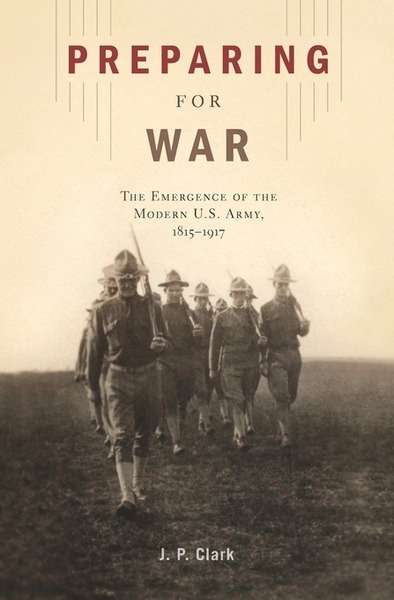Preparing for War
The Emergence of the Modern U.S. Army, 1815-1917

Editorial Harvard University Press
Fecha de edición enero 2017 · Edición nº 1
Idioma inglés
EAN 9780674545731
320 páginas
Libro
encuadernado en tapa dura
Resumen del libro
The U.S. Army has always regarded preparing for war as its peacetime role, but how it fulfilled that duty has changed dramatically over time. J. P. Clark traces the evolution of the Army between the War of 1812 and World War I, showing how differing personal experiences of war and peace among successive generations of professional soldiers left their mark upon the Army and its ways.
Nineteenth-century officers believed that generalship and battlefield command were more a matter of innate ability than anything institutions could teach. They saw no benefit in conceptual preparation beyond mastering technical skills like engineering and gunnery. Thus, preparations for war were largely confined to maintaining equipment and fortifications and instilling discipline in the enlisted ranks through parade ground drill. By World War I, however, Progressive Era concepts of professionalism had infiltrated the Army. Younger officers took for granted that wars complexity required them to be trained to think and act alike'a notion that would have offended earlier generations. Preparing for War concludes by demonstrating how these new notions set the conditions for many of the successes'and some of the failures'of General Pershings American Expeditionary Forces.








